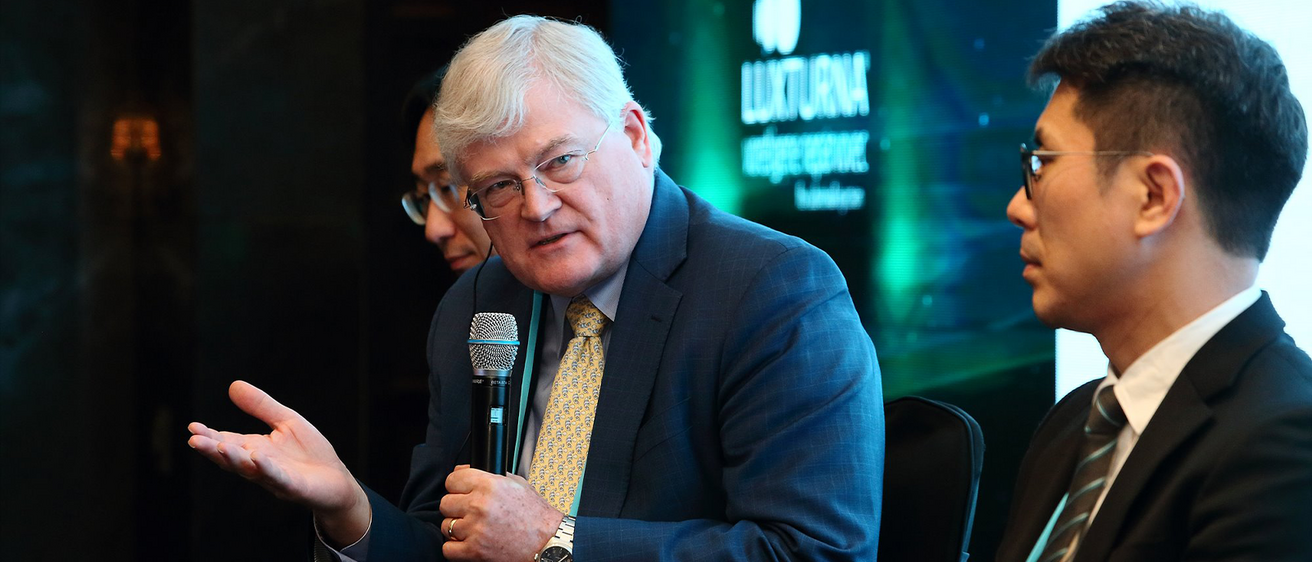Dr. Stephen Russell recently shared the 8 and 9-year follow-up results of the phase 3 trial of voretigene neparvovec-rzyl (Luxturna) at the American Society of Retina Specialists (ASRS) meeting. This gene therapy, the first approved for any inherited disease, targets a specific type of retinal dystrophy caused by RPE65 mutations.
Study Design and Realignment
The trial started by randomly assigning patients in a 2:1 ratio to either get the treatment right away or wait a year. Due to some patients dropping out during the COVID-19 pandemic, the data was adjusted to ensure both groups had consistent follow-up times. Dr. Russell explained, "We realigned to the intervention points of the delayed intervention with the original intervention group, so that we would have the same duration from the intervention to look at how they were doing following intervention."
Efficacy Outcomes
Both groups showed significant improvements in their vision. The group that got the treatment first improved by about two light levels on various tests. Dr. Russell noted, "The original intervention group did quite well, improved approximately 2 light levels on the mobility test, the multi-luminance mobility test, FST, visual field, and so on." These improvements lasted over the long term. "There did not appear to be any drop off in terms of the effectiveness of the therapy at 9 and 10 years," he added.
Safety Findings
The long-term follow-up revealed a few small safety concerns. Three cases of chorioretinal atrophy were identified, which hadn't been seen before. Additionally, one patient developed acute myelogenous leukemia and died at year 7, though there was no evidence linking this to the gene therapy. Dr. Russell mentioned, "We did find 3 cases of chorioretinal atrophy in phase 3 trial, which is significant, since we had not identified those previously. There was also 1 case of acute myelogenous leukemia in 1 patient who died at year 7. There was no evidence, however, that that was associated with the use of voretigene neparvovec-rzyl or gene therapy."
Regulatory and Future Directions
Since Luxturna was the first gene therapy approved for an inherited disease, the FDA required a 15-year follow-up for safety monitoring. The 10-year data has been collected and will be published soon, with an additional five years of data collection planned. "We have actually already collected the 10 year information, we just didn't have it available for this meeting., but that will be in the forthcoming publication," Dr. Russell stated.
Dr. Russell also talked about the exciting advancements in gene therapy and other treatments for inherited retinal diseases. These include RNA oligonucleotide therapy and CRISPR-Cas9 gene editing, which show promise despite some challenges. New technologies, like prime editing and broader stabilizing agents for retinal cells, offer exciting potential for future treatments. "There are some newer technologies out there,” Russell added, “it may be a combination of treatments that have the best results," he said.
The long-term data from the Luxturna trial highlights the lasting benefits of voretigene neparvovec-rzyl in treating RPE65 mutation-associated retinal dystrophy. While some safety concerns have come up, the overall benefits of the therapy are significant, paving the way for future innovations in gene therapy for inherited retinal diseases.
